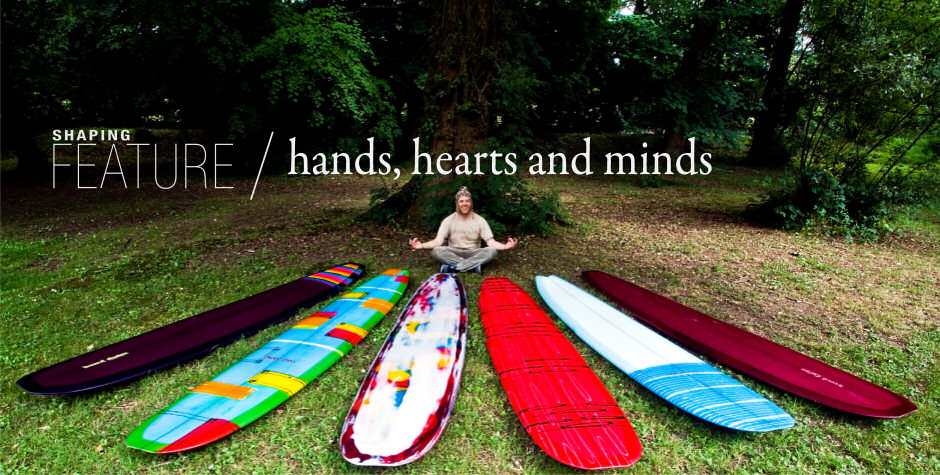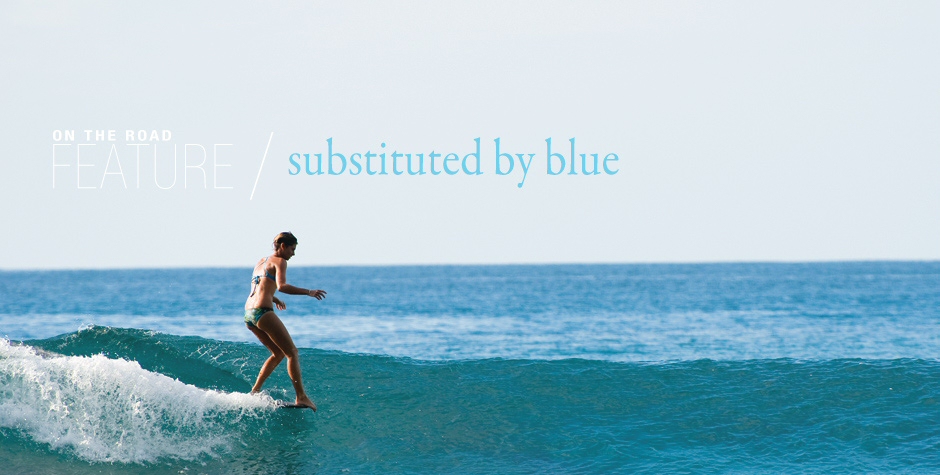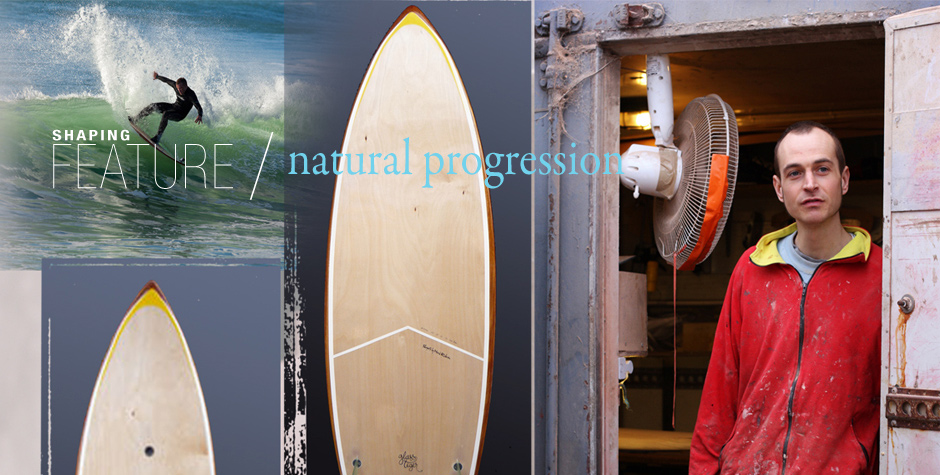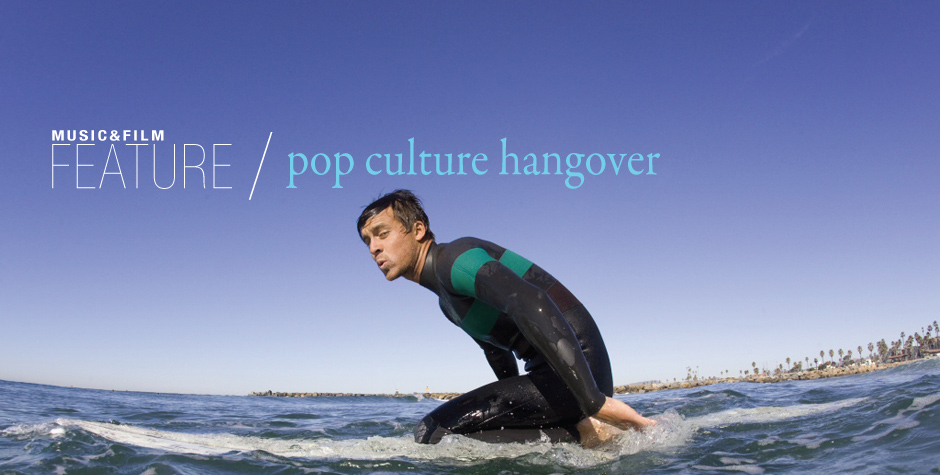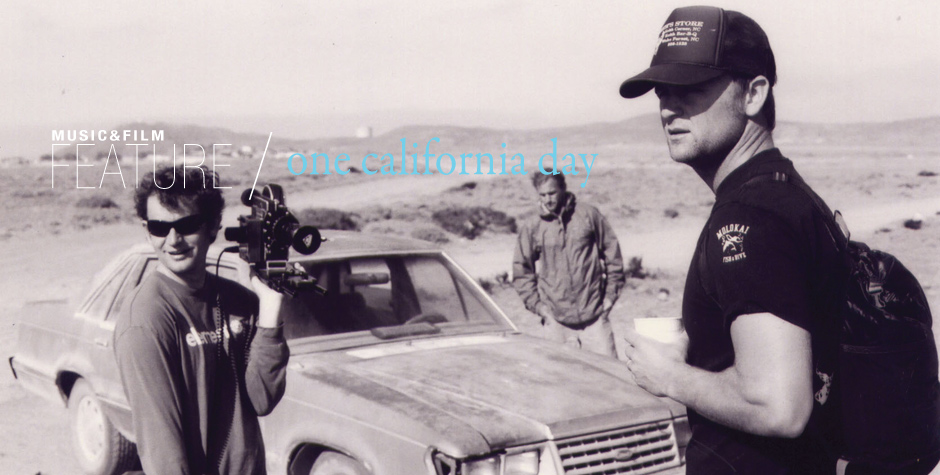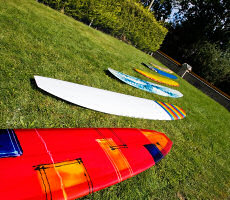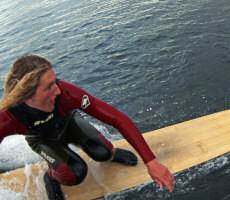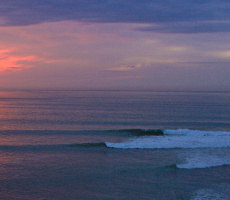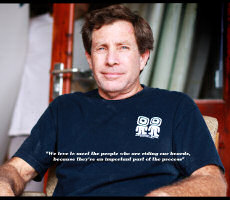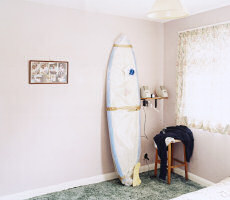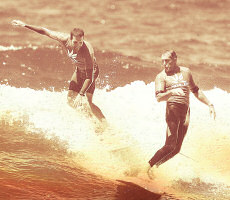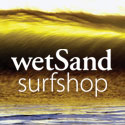Back in the Bay
 The Boxing Day tsunami hit Arugam Bay, on the East coast of Sri Lanka at 8.45am six years ago, taking the lives of 300 people, roughly twenty percent of the community’s population. Mat Arney revisits six years on.
The Boxing Day tsunami hit Arugam Bay, on the East coast of Sri Lanka at 8.45am six years ago, taking the lives of 300 people, roughly twenty percent of the community’s population. Mat Arney revisits six years on.
Approximately two hours previously an undersea earthquake with a magnitude of between 9.1 and 9.3 had struck off the coast of Sumatra, near Indonesia’s Mentawaii Island chain, and the resulting waves of tsunamis caused devastation across the Indian Ocean. The International community rallied and donated more than US$14 billion for aid and reconstruction.
But how have some of the communities affected by the tsunami bounced back? The list of coastal areas impacted by the tsunamis includes some of the most revered destinations in the surfing world, so it’s inevitable that places that we hold dear to our collective hearts were affected.
It’s six years on, and the small village of Arugam Bay, spread out along the stretch of the bay from the lagoon to the point that draws surfers, seems to be back on track; there’s a new bridge over the lagoon, hotels are doing a brisk trade in the high season and there are multicoloured fishing boats and outriggers pulled up on the berm. But talk to any fisherman mending nets on the beach and you can tell that the memory still cuts deep…”and then the wave came and everything died” as one man told me.
I didn’t want to dwell too much on the past, but I was interested in the knock on effects and the hangover of this enormous natural disaster years after the international money donating public have moved onto the next cause and the aid agencies and volunteers have moved on. Sri Lanka is an interesting case to look at because of the additional ingredient of a long running civil war which only ended in May of 2009.
There are still piles of rubble and half-destroyed buildings stood on their concrete foundations which are destined to remain as reminders. In January 2006 the government, which had been accused of standing by idly and contributing little to the relief effort, enacted the now infamous “100 metre rule” which forbade anybody living within 100 metres of the Indian Ocean from rebuilding their homes on the former site and forcing many fishermen inland away from their boats and the sea. This measure was designed to protect coastal communities from the possibility of more tsunamis however given the right amount of cash in the right hands, there appeared to be loopholes with the result being that many hotels were rebuilt in the same spot, and on many other parts of the coast the whole debacle was seen by locals as a back handed way of acquiring coastal property ripe for development.
Pages: 1 2
